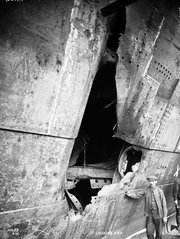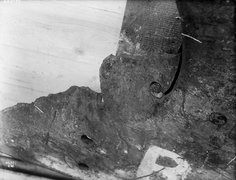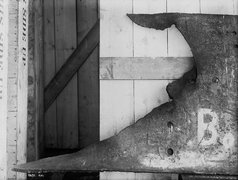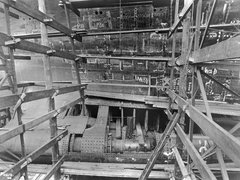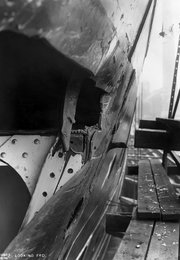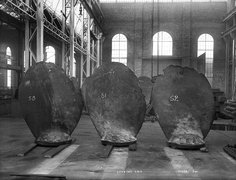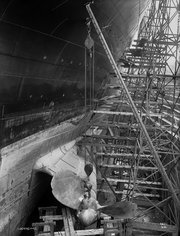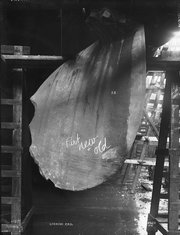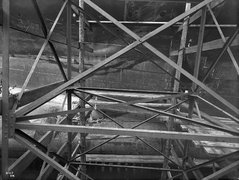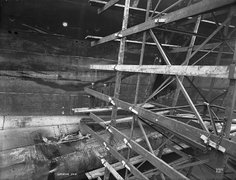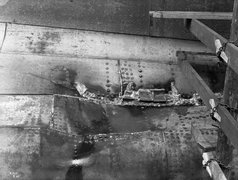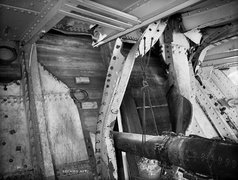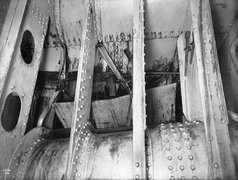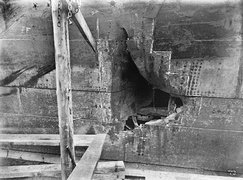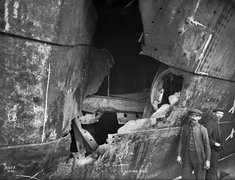Good day to you,
Two large holes were created during the collision, with a distance of an estimated 86 feet away of the stern of the ship Frame 113 was penetrated by the bow of the
HMS Hawke and created a triangular hole above the waterline on
D-deck, which was an estimated 12 feet in length. The shell plating was crushed and bent inwards for about 8 feet inside of her. The beams, deck plating and frames in vicinity was broken en the wooden paneling of the third class staterooms, among with the furniture, were sadly damaged as well. The litosilo in the third class corridors sadly was damaged beyond repair as well.
The watertight compartment O (The 15th compartment, which featured the propeller shafts and was the last accessible compartment) was penetrated by the armed bow of the Hawke and watertight compartment N (The 14th compartment, the propeller shafts went trough here as well) was flooded with an estimated 300 to 400 tons of water, the watertight door between compartment N and O was closed automatically as it was designed to do so in this kind of stations.
The tail shaft of the starboard propeller was damaged as well, among with the plating around the starboard shaft for an estimated distance of 12 to 14 feet. The blades of the starboard propeller was broken as well.
I hope this might help.
Yours sincerly,
Thomas

